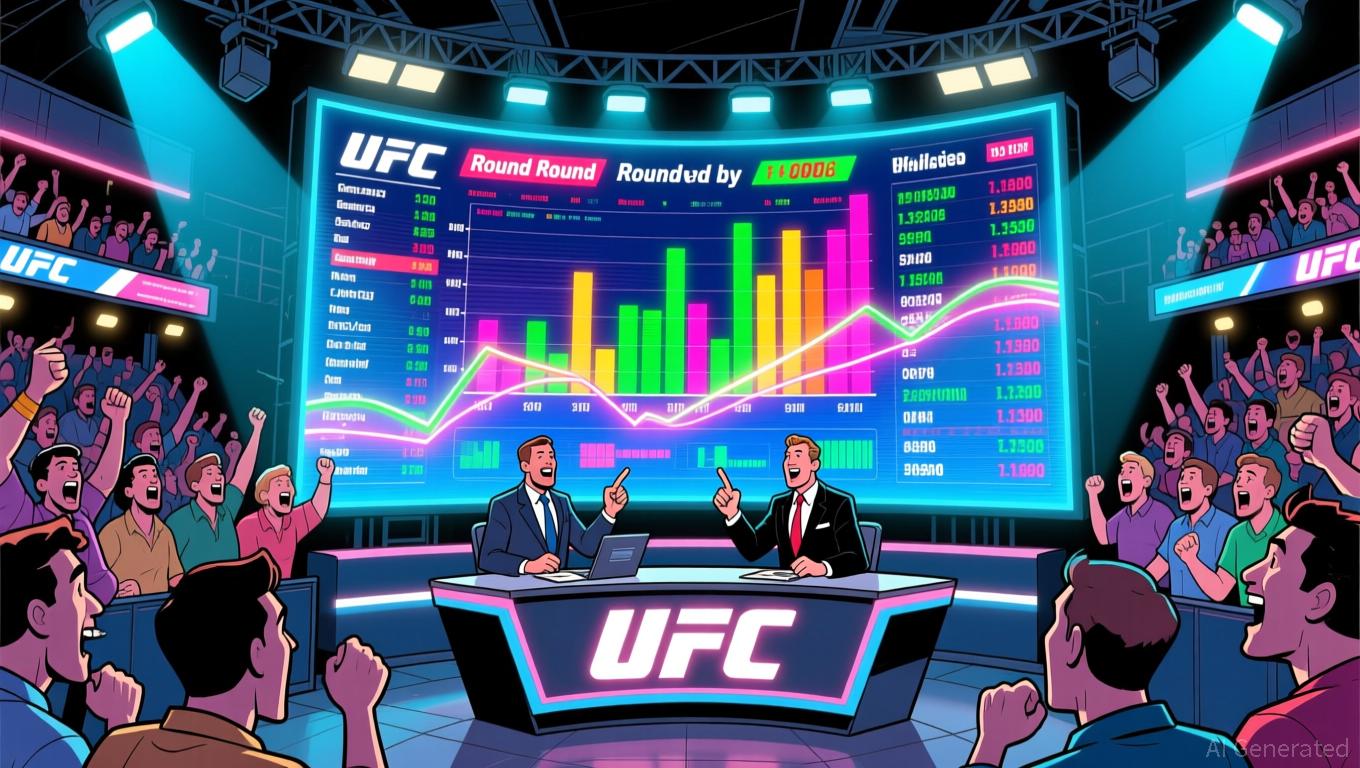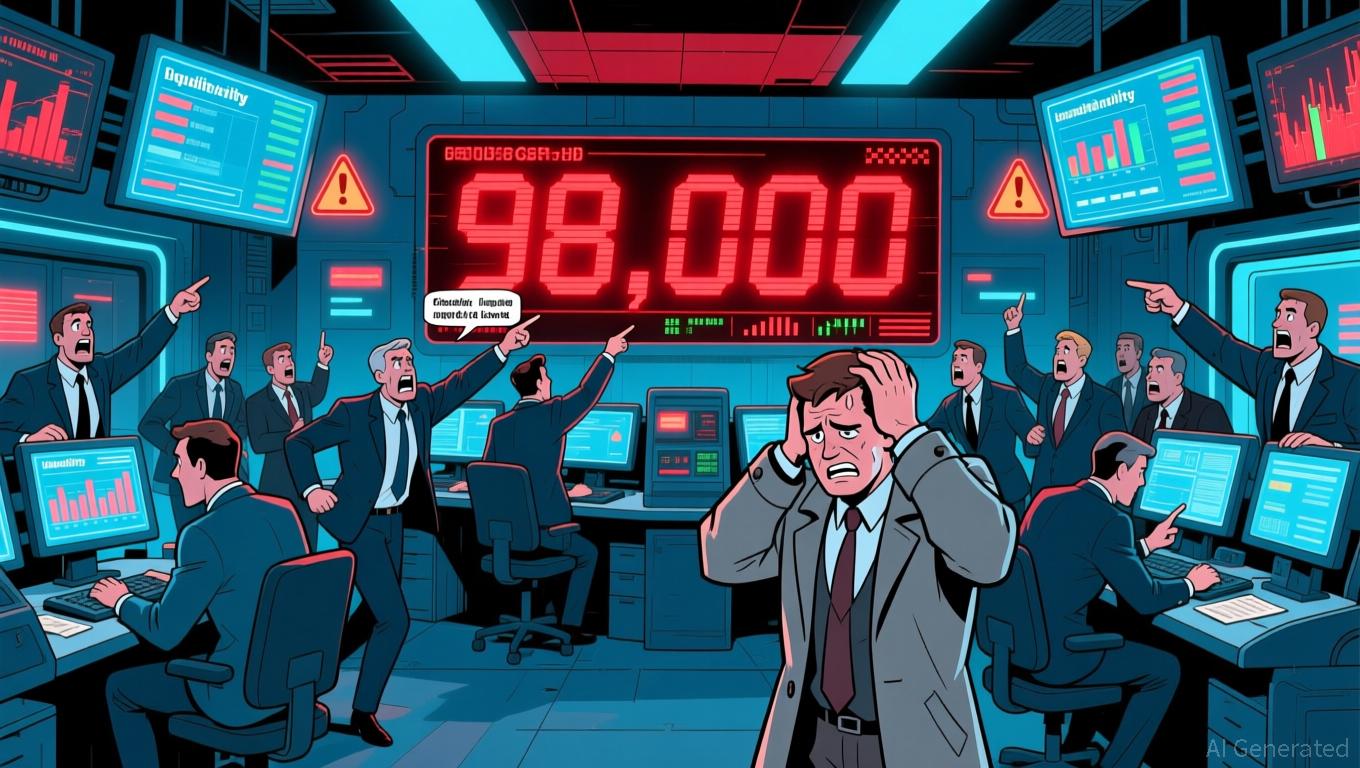Fed Focuses on Controlling Inflation Rather Than Boosting Economic Growth
- The Boston Fed urges delaying rate cuts until inflation nears 2% target, citing risks of premature easing in a still-inflationary environment. - Atlanta Fed's Bostic emphasizes inflation as the "clearer and more urgent risk" over labor market signals, reflecting hawkish policy divisions. - Fed officials consider resuming asset purchases post-October rate cut to maintain liquidity while avoiding inflationary spikes from tariffs. - Policy balancing act emerges: rate cuts could stimulate growth but risk rei
The Boston branch of the Federal Reserve has adopted a prudent stance regarding interest rate reductions, stressing the dangers of acting too soon while inflation remains a concern. In a statement issued this week, the Boston Fed reaffirmed its intention to keep the federal funds rate steady until there is "definitive proof" that inflation is moving toward the central bank’s 2% objective, referencing a
Bostic, recognized as a leading advocate for tighter policy within the Fed, has repeatedly maintained that inflation poses a "more obvious and pressing threat" than the mixed signals coming from the job market, according to a
This careful approach is also evident in the Fed’s management of its balance sheet. After lowering rates in October, central bank officials have hinted at the possibility of resuming asset purchases to ensure sufficient liquidity as economic activity picks up, according to a
The interaction of these strategies underscores the central bank’s need to strike a careful balance. While lowering rates could help spur economic growth, it also carries the risk of sparking renewed inflation, a worry encapsulated in the Boston Fed’s reference to the "inflation monster." This phrase, frequently used by policymakers, expresses concerns about a scenario where rising prices become entrenched, potentially requiring forceful intervention later, as outlined in the
As the Fed contends with these competing pressures, the future course remains unclear. With Bostic’s upcoming departure and mounting political calls for rate reductions, the central bank is under increasing scrutiny. Nevertheless, as the Boston Fed and other policy hawks warn, easing policy too soon—especially while inflationary forces persist—may pose greater risks than rewards.
Disclaimer: The content of this article solely reflects the author's opinion and does not represent the platform in any capacity. This article is not intended to serve as a reference for making investment decisions.
You may also like
XRP News Today: U.S. Authorities Approve Staking Incentives, Advancing Widespread Crypto Acceptance
- U.S. regulators enable crypto ETPs to stake assets and distribute rewards, removing legal barriers for institutional adoption. - Canary Capital's XRPC ETF becomes first U.S. product offering direct XRP exposure, holding tokens in custody with Gemini and BitGo. - XRP's 53% trading volume surge and 36% price discount highlight growing demand for regulated altcoin access amid Ripple's cross-border payment expansion. - Government shutdown resolution and SEC's streamlined procedures accelerate crypto product

UFC Turns Spectators into Active Prediction Experts
- UFC parent TKO Group partners with Polymarket to integrate real-time fan prediction markets into live broadcasts, marking a first for major sports. - The collaboration features global sentiment scoreboards during fights and speculative social media content for post-fight matchups, enhancing audience interaction. - Zuffa Boxing (launching Jan 2026) adopts Polymarket as its first official partner, aligning with TKO's streaming strategy on Paramount+ and boosting stock by 2.3% premarket. - Polymarket's $15B

Bitcoin Updates: As Cryptocurrency Faces Challenges, Miners Turn to AI for Adaptation
- Bitcoin fell to $98,000 amid surging futures liquidations, with long-term holders offloading 815,000 BTC as key support levels face breakdown risks. - Miners like Bitfarms pivot to AI infrastructure amid shrinking crypto profits, reflecting industry-wide strategic shifts toward stable revenue streams. - U.S. miners struggle with 36-40% hashrate share despite crypto-friendly policies, relying on state-level energy initiatives rather than federal support. - Market analysis highlights $98,000 liquidity clus

Fed Split: Inflation Hardliners and Employment Advocates Disagree on Interest Rate Reduction
- U.S. Federal Reserve faces uncertainty ahead of December meeting due to delayed government data from the shutdown. - Officials split between rate-cut advocates (e.g., Mary Daly) and hawks (e.g., Susan Collins) over inflation risks and labor market gaps. - Market expectations now favor a 55% chance of a December rate cut, down from earlier confidence amid cautious official statements. - Fed relies on private-sector indicators to assess inflation and employment, but lacks comprehensive official data for cl
